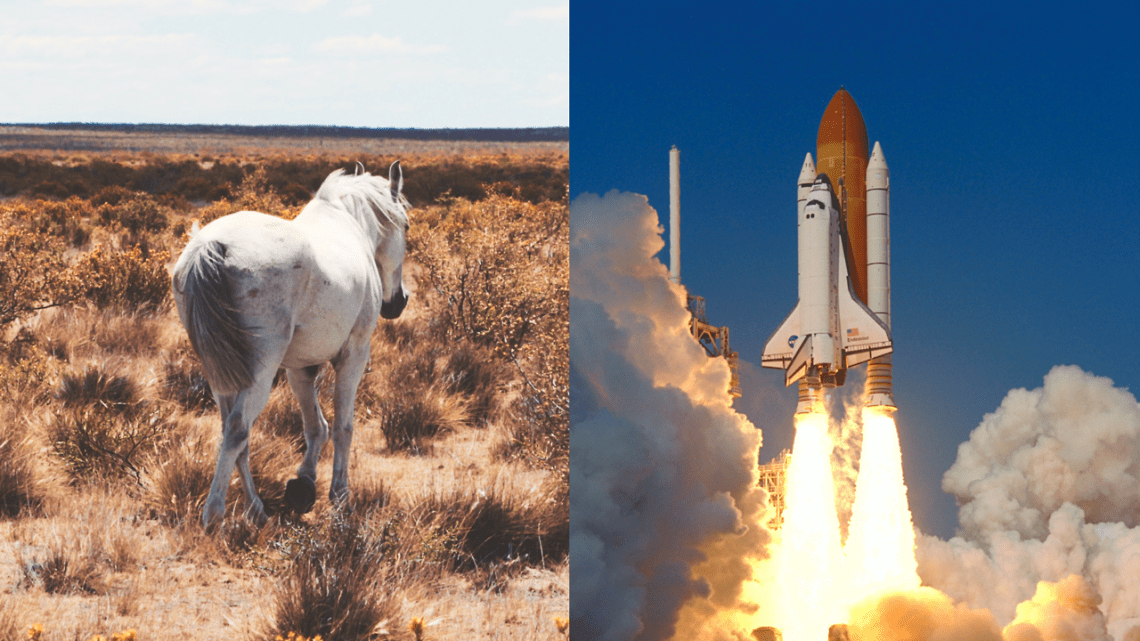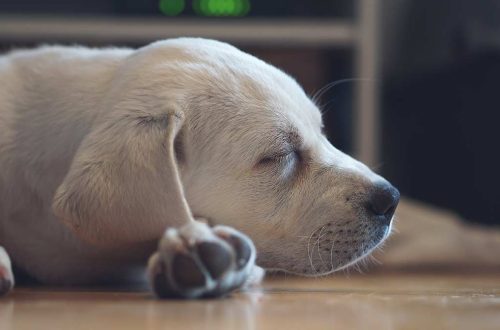
How does the space industry depend on a horse’s backside?
The Kennedy spacecraft has two engines, each five feet wide. Of course, the designers, having the opportunity, would have made them more voluminous, but, alas, they could not. Why?
Photo: flickr.com
But because the engines can only be delivered by rail, and through a narrow tunnel. And the standard spacing between the rails is just under five feet. So making engines wider than five feet is just not possible.
And the railway was made according to the example of Great Britain, and in Great Britain the railway cars were created in the likeness of trams, and those, in turn, were modeled after the horse-drawn carriage. The length of the axis of which is just a little less than five feet.
The horse-drawn horses, on the other hand, had to accurately fall into the ruts of English roads – this helped to minimize wheel wear. And between the tracks on the roads of England, the distance was exactly 4 feet and 8,5 inches. Why? Because the Romans began to create English roads – in accordance with the size of the war chariot, the axle length of which was exactly 4 feet 8,5 inches.
Where did this magic number come from?
The fact is that the Romans harnessed to the chariot, as a rule, two horses. And 4 feet 8,5 inches is the width of two horse croups. If the axis of the chariot were longer, it would upset the balance of the “vehicle”.
Photo: pixabay.com
So even in our enlightened age of space exploration, the highest achievements of the intellectual power of people continue to depend directly on the width of the horse’s croup.





